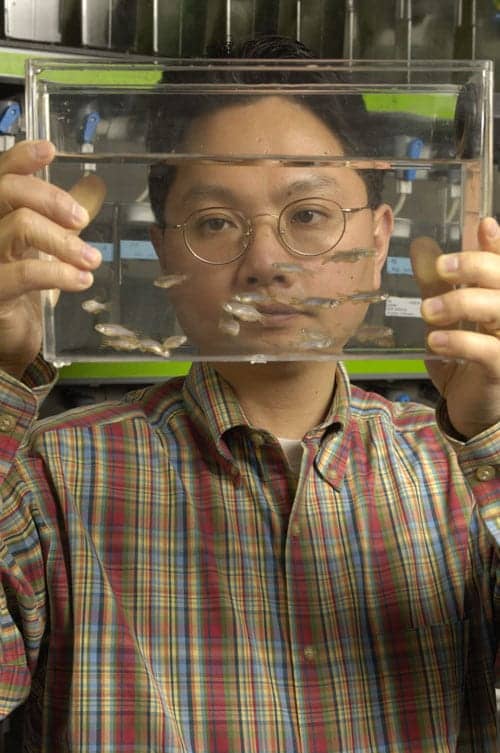Researchers from the Eaton-Peabody Laboratories of the Massachusetts Eye and Ear and Harvard Medical School in Boston have created a new mouse model in which expressing a gene in the inner ear hair cells protects the mice from age-related hearing loss (ARHL) and noise-induced hearing loss (NIHL), the two most common forms of deafness.

|
| Dr Zheng-Yi Chen |
Their research, described in the September 18 edition of The Journal of Neuroscience, provides new insight into protective mechanisms for hearing loss and suggests the potential for future molecular approaches—which may include gene therapy or medicine—to treat both ARHL and NIHL.
Mass Eye and Ear researchers set out to understand if both types of hearing loss share a common underlying mechanism by investigating whether overexpression of Isl1, an inner ear progenitor gene with roles in development and differentiation, could be effective in protecting the inner ear. The team found that Isl1 expression protected hair cells from degeneration in aging and promoted hair cell survival after exposure to loud noise. As a result, the hearing in aged mice or in mice exposed to intense noise was significantly better than their siblings without the gene.
“The Isl1 gene further preserved the connections between hair cells and neurons, which is necessary for hearing,” said senior author Zheng-Yi Chen, D.Phil., Mass Eye and Ear researcher and associate professor of Otolaryngology at Harvard Medical School.
Future research can evaluate if Isl1 is protective from ARHL and NIHL in other mouse strains. The investigators hope to eventually study if such protection can be extended to the human condition.
“To our knowledge, our model is the first in which expression of a single gene in postnatal hair cells results in hair cell survival and hearing preservation in mice that otherwise suffer from age-related and noise-induced hearing loss,” Dr Chen said.
The work was funded by grants R01 DC0690, R01 DC 00188, and P30 DC 05029 from the National Institute on Deafness and Other Communication Disorders (NIDCD), and by the Fredrick and Ines Yeatts Inner Ear Hair Cell Regeneration Fellowship, the Bertarelli Foundation, the Ellison Foundation, and the Capita Foundation.
Source: Massachusetts Eye and Ear Infirmary





